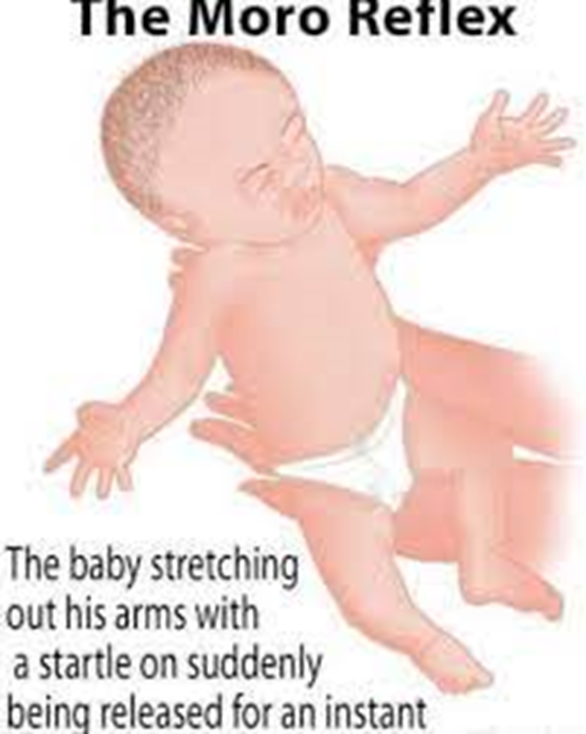The nurse is informed that a newborn infant with Apgar scores of 1 and 4 will be brought to the neonatal intensive care unit (NICU). The nurse determines that which intervention is the priority?
Turning on the apnea and cardiorespiratory monitor.
Connecting the resuscitation bag to oxygen.
Setting up the radiant warmer control temperature at 36.4°C (97.5°F).
Preparing for the insertion of an intravenous (IV) line with D5W.
The Correct Answer is B
Choice A Reason:
Turning on the apnea and cardiorespiratory monitor is important for continuous monitoring of the newborn’s vital signs. However, it is not the immediate priority. The newborn’s low Apgar scores indicate severe distress, and immediate resuscitation efforts are necessary to stabilize the infant.
Choice B Reason:
Connecting the resuscitation bag to oxygen is the priority action. The newborn’s Apgar scores of 1 and 4 suggest significant respiratory and cardiovascular compromise. Providing oxygen and assisting with ventilation are critical to ensure adequate oxygenation and perfusion, which are essential for the infant’s survival.
Choice C Reason:
Setting up the radiant warmer control temperature at 36.4°C (97.5°F) is important for maintaining the newborn’s body temperature. However, this is not the immediate priority. Stabilizing the newborn’s respiratory and cardiovascular status takes precedence over temperature regulation.
Choice D Reason:
Preparing for the insertion of an intravenous (IV) line with D5W is necessary for administering fluids and medications. However, it is not the immediate priority. Ensuring the newborn’s airway, breathing, and circulation are stable is the first step in neonatal resuscitation.
Nursing Test Bank
Naxlex Comprehensive Predictor Exams
Related Questions
Correct Answer is A
Explanation
Choice A reason:
Monitoring blood glucose levels is the priority intervention for a newborn who is small for gestational age (SGA). SGA infants are at a higher risk for hypoglycemia due to their limited glycogen stores and increased metabolic needs. Hypoglycemia can lead to serious complications such as seizures, brain damage, and even death if not promptly addressed. Therefore, frequent monitoring of blood glucose levels is crucial to ensure early detection and treatment of hypoglycemia, thereby preventing these adverse outcomes.
Choice B reason:
Monitoring intake and output is important for assessing the hydration status and renal function of the newborn. While this is a necessary aspect of care, it is not the priority intervention for an SGA infant. Ensuring adequate fluid intake and monitoring urine output helps in maintaining electrolyte balance and preventing dehydration, but it does not directly address the immediate risk of hypoglycemia, which is more critical in the initial care of an SGA newborn.
Choice C reason:
Monitoring weight is essential for tracking the growth and development of the newborn. Regular weight checks help in assessing the effectiveness of nutritional interventions and identifying any growth delays. However, this intervention is more relevant for long-term management rather than immediate care. The priority in the immediate postnatal period is to stabilize the infant’s condition, particularly by preventing hypoglycemia.
Choice D reason:
Monitoring axillary temperature is important to prevent hypothermia, which SGA infants are also at risk for due to their low body fat and poor thermoregulation. While maintaining a stable body temperature is crucial, it is not the most immediate concern compared to hypoglycemia. Hypoglycemia poses a more immediate threat to the infant’s
Correct Answer is D
Explanation
Choice A reason:
Placing a finger at the base of the newborn’s toes is used to elicit the Babinski reflex, not the Moro reflex. The Babinski reflex is observed when the toes fan out and the big toe moves upward in response to stroking the sole of the foot1. This reflex is a normal finding in infants up to 2 years old and indicates normal neurological development.
Choice B reason:
Turning the newborn’s head quickly to one side is used to elicit the tonic neck reflex, also known as the “fencing” reflex. When the head is turned to one side, the arm on that side extends while the opposite arm bends at the elbow, resembling a fencing position2. This reflex is typically present from birth to about 6 months of age.
Choice C reason:
Holding the newborn vertically and allowing one foot to touch the table surface is used to elicit the stepping reflex. When the baby’s foot touches a surface, they will make stepping movements as if trying to walk3. This reflex is usually present from birth until about 2 months of age.
Choice D reason:
Performing a sharp hand clap near the infant is a method to elicit the Moro reflex, also known as the startle reflex. The Moro reflex is triggered by a sudden loud noise or a sensation of falling. The infant will respond by extending and abducting the arms, opening the hands, and then bringing the arms back to the body. This reflex is present at birth and typically disappears by 4 to 6 months of age.

Whether you are a student looking to ace your exams or a practicing nurse seeking to enhance your expertise , our nursing education contents will empower you with the confidence and competence to make a difference in the lives of patients and become a respected leader in the healthcare field.
Visit Naxlex, invest in your future and unlock endless possibilities with our unparalleled nursing education contents today
Report Wrong Answer on the Current Question
Do you disagree with the answer? If yes, what is your expected answer? Explain.
Kindly be descriptive with the issue you are facing.
